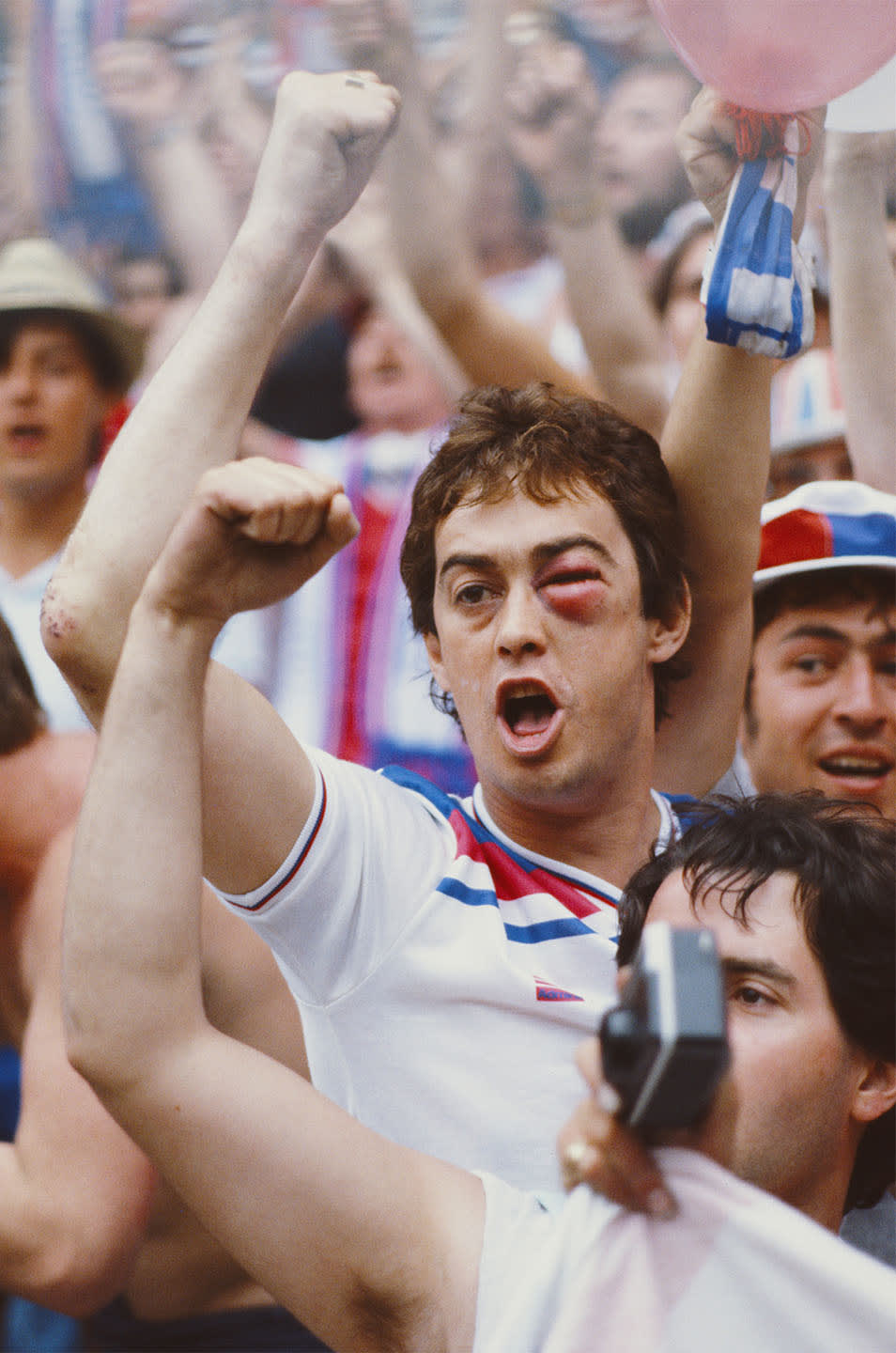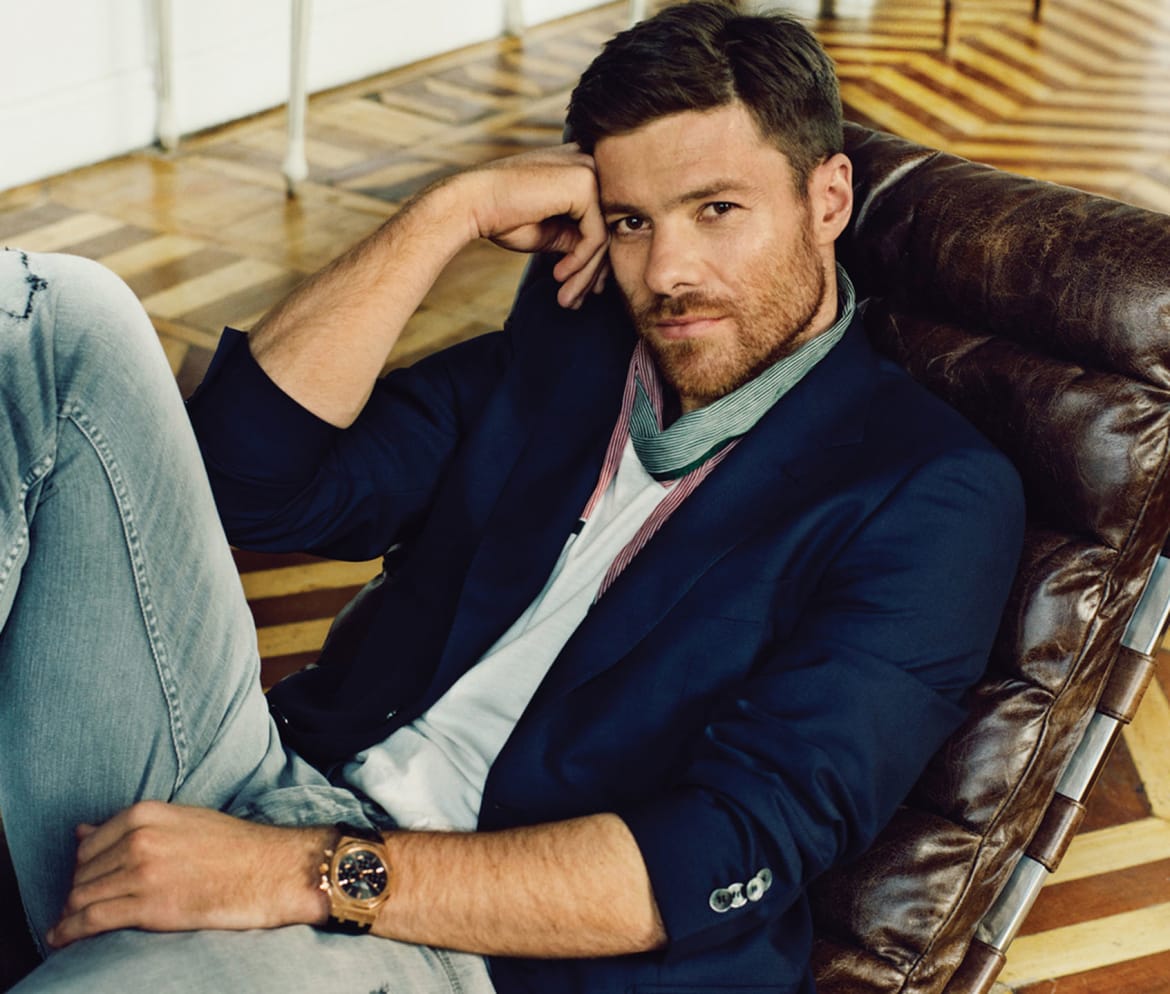While soccer gains a foothold in the U.S., the trend-setting fans are influencing fashion.
A goal in any sport is a hard thing to manage—or better be. Goals that are easy are hardly goals at all. Like walk-a-thons, they are merely directed action. But soccer is perhaps the game wherein goals are hardest to come by. So ardent the defenders, so vast the space, and so restricted the appendages with which one can handle the ball, it isn’t rare for an entire 90-minute game to go scoreless. According to the stats of Major League Soccer (MLS), the nation’s largest professional soccer league, professional games average a little more than two goals per game.
This significantly dampens soccer’s chances of rising into the upper echelons of professional sports in America. As psychologist Dr. John Tauer noted, Americans like high scoring games. It makes us feel accomplished. There’s a reason touchdowns in football are worth six points and that basketball is often counted by twos—and in Stephen Curry’s case threes—and that in baseball it is possible to score four runs with one fortunate swing. These three pursuits—baseball, basketball, and football—make up the trinity of All-American sports, although Harris Polls, which tracks such things, takes an even narrower view. Its latest survey ranked pro football, baseball, and college football as the top three American sports. Auto racing and professional men’s basketball fill out spots four and five, while soccer comes in at seventh place, behind ice hockey.
And yet, soccer continues to play the long game, just waiting for the goal of massive popularity to materialize. Each year the U.S. National Men’s Soccer team gets better. They just had their best finish—losing to Colombia to take fourth place—in the CONCACAF Copa, a tournament of North, Central, South American, and Caribbean teams. Of course, the U.S. National Women’s Soccer Team needn’t get any better. They’ve won three World Cups already, including most recently in Vancouver. MLS, meanwhile, continues to grow and to expand. Since it was founded in 1996 with 10 teams, that number has doubled. By 2020, MLS plans to have 24 teams competing.
More broadly, soccer continues to move the game down the grass in terms of viewership. Among 12-17 year olds, MLS is just as popular as MLB. The television audience is growing massively. MLS just signed a $90-million broadcasting deal with ESPN, Fox Sports, and Univision. Add in that soccer is one of the most popular games for Hispanics, who comprise one of the fastest growing demographics in the U.S., and soccer—already one of the most played games in the U.S. at the amateur level—is on its way to becoming the most watched, too.
In the meantime, it might be worthwhile to wonder how much longer before soccer begins—as truly popular sports must—to affect what we wear. How will a soccer-loving America dress? And when might this happen?

We might begin by peering into the past, specifically the past of England, where soccer is as much a religion as Anglicanism. There is a small and interesting canon of work related to fashion and football, as soccer is called everywhere in the world but the U.S. Among my favorites is a slight, strange, and fascinating book called The Fashion of Football. In that book, authors Paolo Hewitt (whose own Dickensian childhood is worth reading about in his memoir, The Looked After Kid) and Mark Baxter exhaustively chronicle the sartorial effect footballers had on popular fashion in the U.K. It is shockingly tribal.
The first thing to note is that football and fashion are joined at the hip not via merchandizing but via game attendance. There were, since the beginning of professional football in the U.K., superstars with vast sartorial footprints. But they were rarely ever fashion icons to the world at large. Rather, they were icons for very specific subsets within English culture, namely the working class youth who followed their local clubs and attended the games. Great ’60s players such as Man U winger George Best and the West Ham defender Bobby Moore popularized the “mod” look, a heavily refined aesthetic—made famous by The Who’s Quadrophenia— that had grown as a materialist rejoinder against hippies by the English working class. Steve Perryman, defender of the Tottenham Hotspurs, wore his hair short and became a skinhead icon in the ’70s.

Unlike our iconic athletes—warriors of the gridiron, the flying showmen of the court, A-Rod—soccer players aren’t necessarily Olympian in stature. They are relatable, attainable even. Their bodies, ourselves. Soccer is a nontheistic religion, in that sense. Some of this has to do with the mechanics of the game: endless jogging, bursts of speed, facility of foot, just tangling with each other, which seem just a step above pedestrian. Tim Brown, the former midfielder of New Zealand’s national team and founder of the footwear brand Allbirds, tells me, “The ‘everyman’ qualities of the game set it apart from the goliaths of the NBA and NFL. You’d be hard pressed to find the form of a basketball singlet, professional football jersey, or baseball top outside of a sporting context. But the soccer uniform has a clear lineage to recognizable menswear forms like the T-shirt and polo.”

In general, however, the power of football over fashion rested in the hands of the fans. Soccer, already one of the most democratic of games, was democratic in this way as well. But the results were rarely purely benign. In the ’80s and ’90s there was the benighted rise of the so-called casuals, fans who wore brands like Prada, Fendi, Ralph Lauren, and notably Stone Island, while pillaging and fighting across England and the continent. These were the dark ages of hooliganism and the barbarians wore Lacoste, Fred Perry, and Pringle. This style, also called Terracewear, looked cheery but held much darker, more violent undertones.

It was only really David Beckham who transcended local working class culture from a fashion standpoint and turned football into a global fashion force. His transnational industrial branding complex is responsible for his net worth of $300 million and a sea change in the way men think of everything from man-buns to sarongs to underwear. But Beckham, with his insane talent and recent Three Musketeer look, is perhaps too anomalous to consider. He’s the Michael Jordan of football, a man by definition rare. He brought football to fashion but mostly to the extent that he transcended the sport.
All this is to simply state if soccer is ever to become popular in America and ever to exert the sort of sartorial sway it has elsewhere, it is not to the pitch we should look but to the stands.
Already high fashion has been dabbling in football fan fashion. One can draw a direct line from the recent rise in athleisure—that benighted though comfortable trend that weds our wish to wear gym clothes with our lack of desire to actually work out—back to the Terracewear phenomenon. Fashion has even begun to digest more overtly the tropes of that era with new collaborations between Adidas and Palace and the soon-to-launch Topman X K-Way line. Both look back nostalgically at the ’90s. This new look The Guardian called the nu-lads is embodied by men like Drake, who have been championing brands like Stone Island. But even this influence isn’t so much the influence of soccer as it is of soccer fans—in this case the casuals, although the skinheads, suedeheads, and mods before them proved fertile inspiration.
As for Americans, until we begin to pledge allegiance to teams like DC United, New York City Football Club, Chicago Fire, and the LA Galaxy—not to mention the lesser known sides like New England Revolution, Houston Dynamo, and Philadelphia Union—any widespread influence of soccer on fashion will be muted. For the power has always come from the fans and the communities of fans who gather not just in front of their televisions at home but in pubs and in stadiums. And these communities are still in their embryonic stages here.

This phenomenon isn’t confined to soccer either. The influence of most sports on menswear rely not only on their virtuosic interpreters but the role that sport plays in the community. Take basketball, for instance. The tectonic cultural reverberations of Air Jordans has just as much to do with the role basketball plays in the school yard and street court, in the public imagination, and in the Ur-mythology of the Great American Athlete, as it did with its lachrymose namesake. Basketball meant something, and continues to mean something, in a way soccer doesn’t yet.
Soccer might soon take on that luminous cultural quality, but what it might look like when it does, none of us can really say. Nor can we divine what social implications will accompany the fashion when it comes into being. The Hispanic millennial man has often been overlooked, despite increasing his purchasing power. Somewhat solipsistically, they are already influenced by men like David Beckham and Drake, one a soccer player who outgrew soccer for fashion and the other a rapper who champions nostalgic soccer fan fashion.
Inter Milan's coach Roberto Mancini speaks with his players during their first leg group H Champions League football match at San Siro stadium in Milan, 01 November 2005.
But certainly demographics are on the side of the MLS, and soon these fanbases will make themselves known. And so soccer waits, just off the runway, until all the elements are aligned, patiently, strategically, and knowing each precious goal comes in time.

